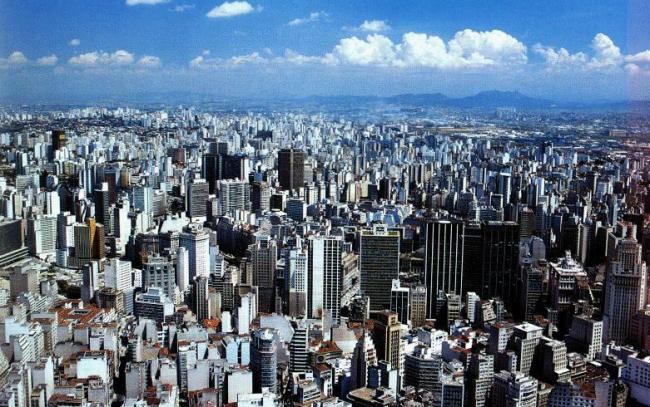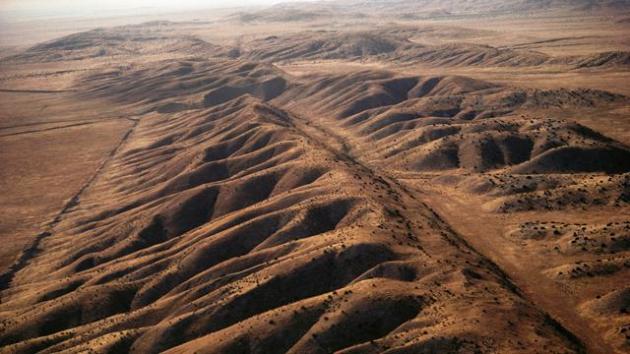Earlier this month I tagged along on some fieldwork to the Corinth Canal in Greece, acting as a field assistant to Dr Casey Nixon (a friend from my PhD who’s now a postdoc at Southampton University). The main aim of the trip was to thoroughly map and measure the numerous normal faults in the canal, in order to connect them to regional tectonics and to faults observed offshore. The Corinth canal is a great location for structural geology as faults can be identified and correlated between both sides of the canal, provided you can get close enough to the edge to see down! As the field assistant my main job was to record the large amount of data in a logical fashion, act as a sounding block for field discussions, and to discourage Casey from falling in the canal. I found some of the geotechnical aspects of the canal really interesting, so thought I’d write a little post with some photos!
The Corinth Canal is a spectacular place to work. The canal was built at sea level, meaning there are no locks, but resulting in very high sidewalls. At their highest the walls of the canal are 90 m high (and pretty near-vertical), while the base of the canal is only ~20 m wide. Construction started in 1881 and was completed in 1893, so the canal is now well over 100 years old. The base of the canal is lined with brickwork, as are some more precarious parts of the cliff wall. Several faults have also been bricked over – making fault interpretations a little tricky at times! The Corinth Canal represents an interesting example of the challenges of engineering in a geologically complex area, as the canal has faced numerous geotechnical issues through its history.
Landslides and rock falls are a major problem for the canal. This is mostly due to the extremely steep walls composed of relatively weak rock (mostly marls and conglomerates), and is exacerbated by the presence of multiple faults and fractures. Through its history the canal has had periods of complete closure due to landslides, notably in 1923 when the canal was closed for 2 years due to the collapse of 41,000 cubic metres of earth. The canal was also a target in WW2, with deliberate attempts by the German army to collapse the canal walls with explosives (in addition to sinking all kinds of objects in the canal itself to impede its use by shipping). During our fieldwork we witnessed one small rock fall at the base of the cliff, which gave us a taster of the challenges faced by those in charge of maintaining the canal.
The canal authority staff were both incredibly helpful in terms of assisting us with fieldwork logistics, and very open about the need to closely monitor the canal walls. Almost every day we ran into one of the canal authority employees whose job it was to patrol the canal with binoculars looking out for any recent slope failures. Despite our utter lack of Greek and his very minimal English, we still learnt a lot about his canal patrols from our daily encounters! We were also incredibly lucky to have a tour of the canal from the lead engineer (and his very helpful multi-lingual interpreter), who pointed out the GPS monitoring and camera surveillance installed on the most unstable parts of the canal. The canal is also regularly dredged in order to maintain its water depth and remove fallen material, and is closed every Tuesday for maintenance and checks.

Small tug boat (required for larger vessels to transit the canal) passing a region of rock falls which has been contained by the placement of blocks. Source: Gemma Smith
As well as the smaller scale faults in the canal itself, which are believed to be largely inactive, there are more active regional faults for the canal to contend with. On a geological excursion under the motorway bridge which crosses the canal, we noticed what appear to be seismic dampers underneath the carriageway, illustrating one of the local geotechnical responses to the seismic hazard. A magnitude 6.7 earthquake hit the Gulf of Corinth in 1981, killing 20 people and causing significant damage to the Corinth region. The seismicity of the wider region includes the 1999 Athens earthquake and the 2008 Peloponnese earthquake.

Earthquake dampers (the round things!) underneath the Corinth motorway bridge, with a small normal fault in the canal wall to the left of the bridge. Source: Gemma Smith
The Corinth Canal is a great example of a large structure which may not have been built in the most geologically sensible way (fair enough considering its age!), but which is being carefully managed in order to reduce its risk. I found it a really interesting experience getting to know it for 10 days!
The Corinth canal area also has some friendly animal inhabitants!





















